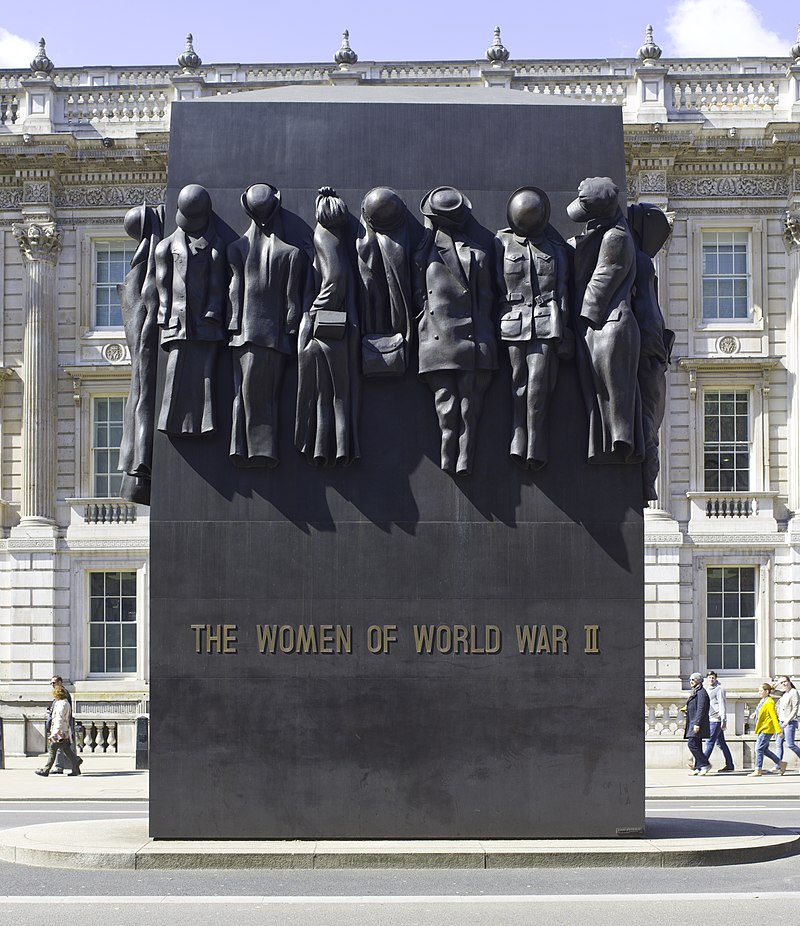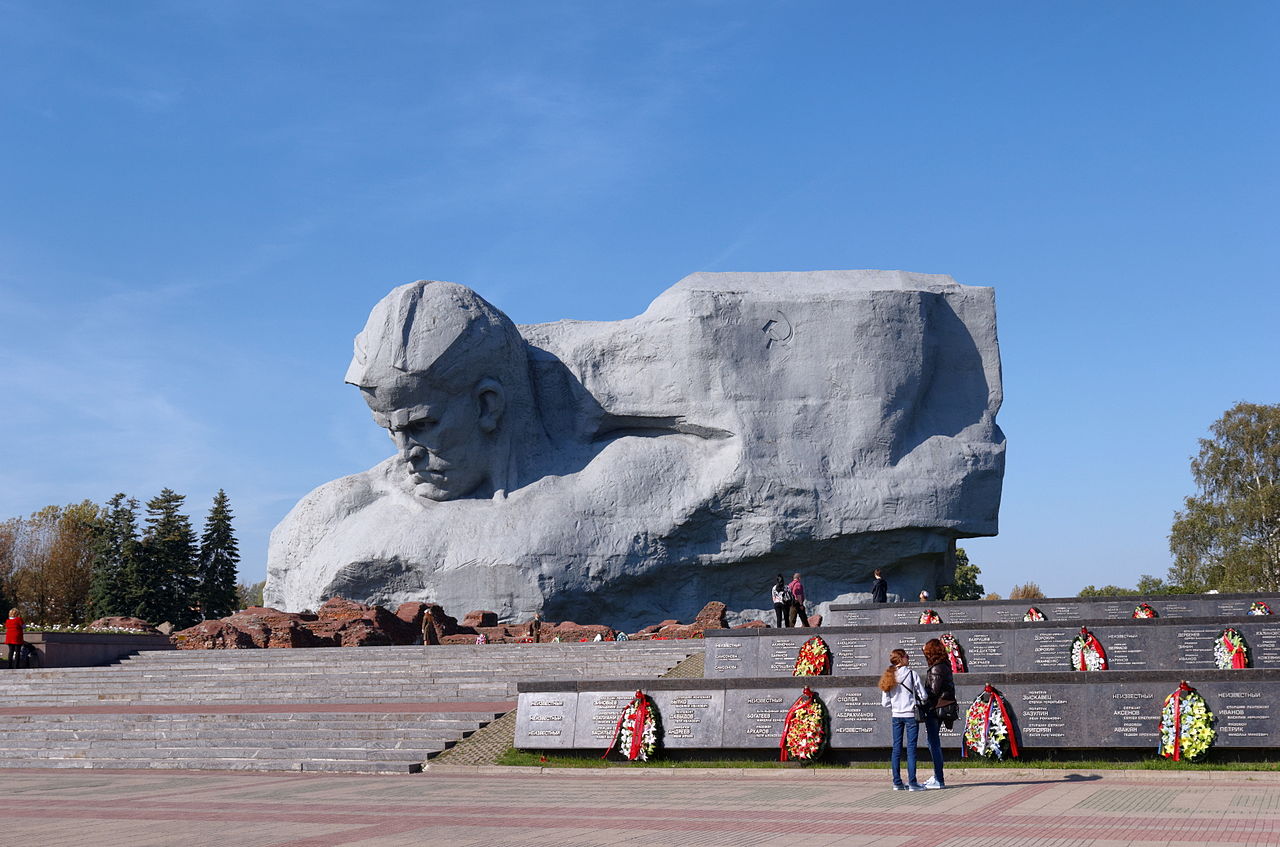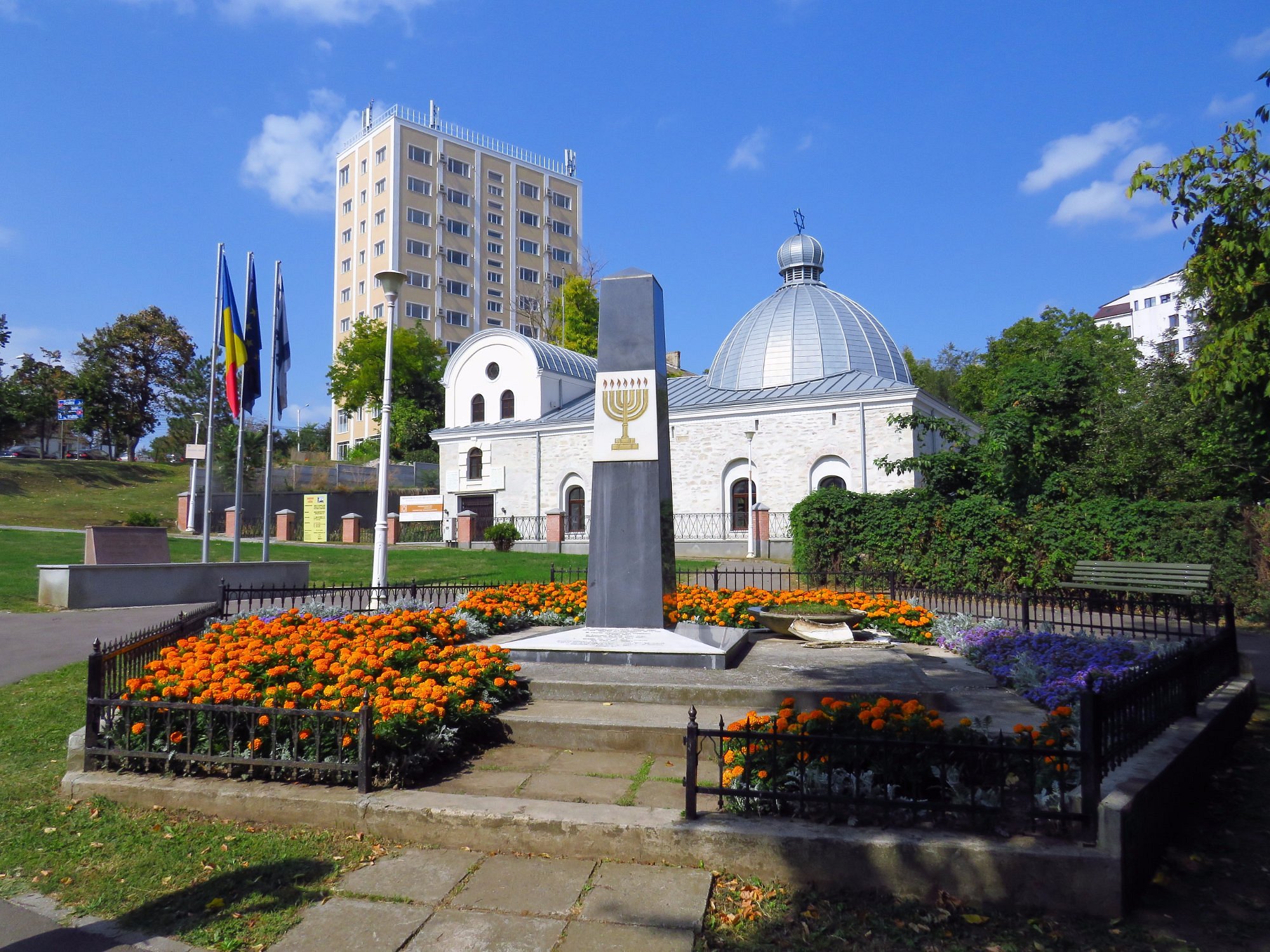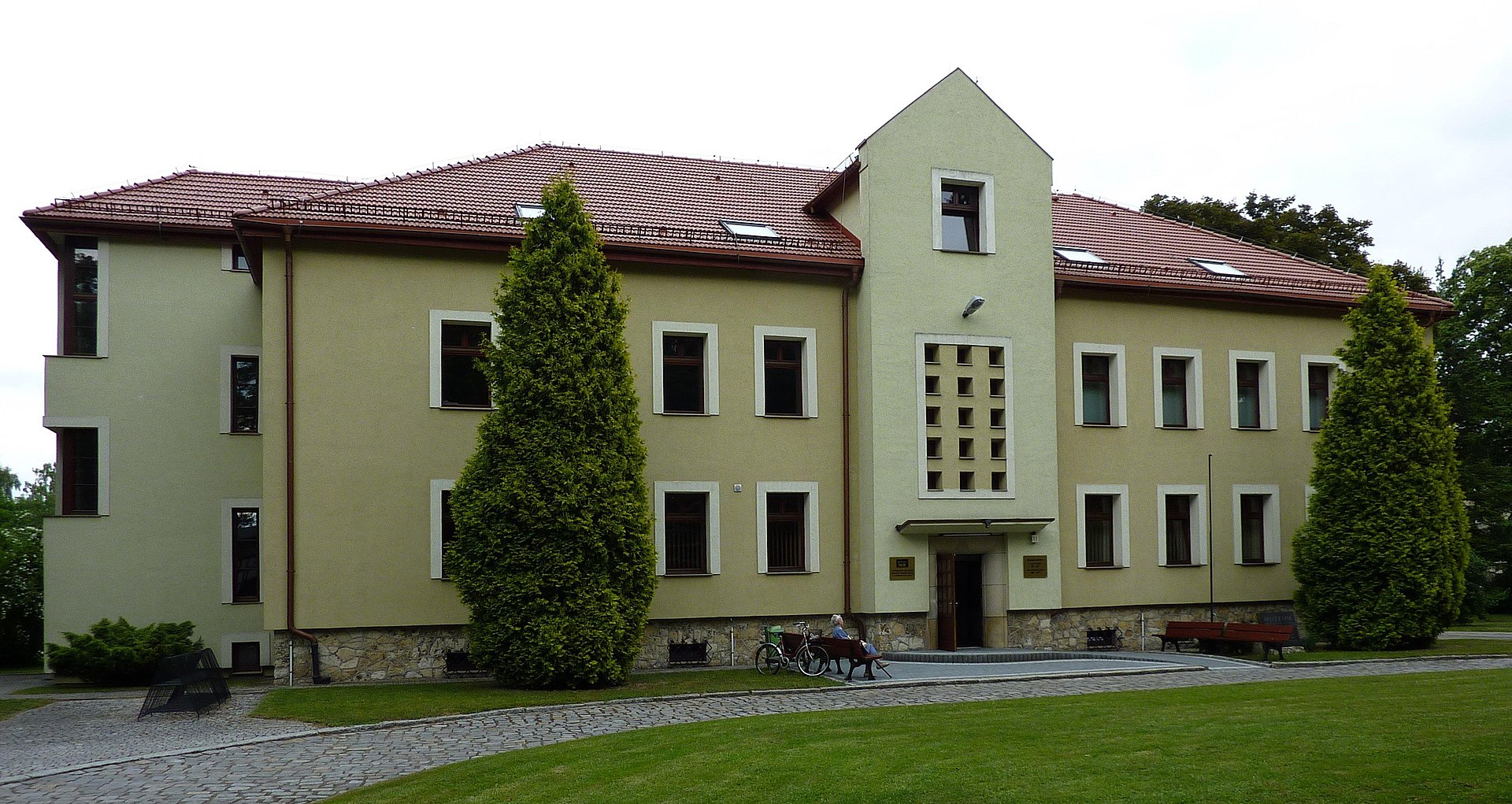This website uses different cookies. We use cookies to personalize content, provide social media features, and analyze traffic to our website. Some cookies are placed by third parties that appear on our pages. You can find more information and options to choose from in our Privacy Policy and Configurations for usage.
- Contents
- Official memorials of military campaigns
- Monument to the Women of World War II
- National Memorial to the Winter War
- Mémorial de la France combattante
- Brest Fortress Memorial Complex
- Official memorials of victims
- Babyn Yar Holocaust Memorial Center
- Local monuments to victims of war
- Țiganca Cemetery to Romanian Soldiers
- Pinkas Synagogue
- Victims of Iaşi Pogrom Monument
- Projekt Riese Tunnel System
- Museums dedicated to historical events
- Central Prisoner of War Museum
- Hadamar Memorial Museum
- National Museum of the History of Ukraine in the Second World War
- German Resistance Memorial Centre
- Unofficial memorials & private initiatives
- Žanis Lipke Memorial
- Last Address (Последний адрес)
- #everynamecounts
List of similar memorial sites
Маркус Чавас Civil Society Forum e.V., Берлін, Германія
Alongside basic information about the memorial site, this appendix provides suggestions about how the memorial could be taught or incorporated into a lesson.
This list of memorial sites follows the categories outlined in the Learning Activities:
- Official memorials of military campaigns (see Serpeni Bridgehead Memorial, Rzhev War Memorial, Pavlov’s House and Gerhard’s Mill)
- Official memorials of victims (see Concentration / Extermination Camps, Chișinău Ghetto, Monument to the Katyń Massacre)
- Museums dedicated to historical events (see Museum Berlin-Karlshorst)
- Unofficial memorials & private initiatives (see Stumbling Stones)
Monument to the Women of World War II

Occupying a symbolic place near Downing Street in London, this is one of the very few war memorials dedicated specifically to women in the UK and wider Europe. Different clothes symbolise the many different jobs and roles taken on by women during the war, including farming, nursing, factory work, and working in the Royal Navy.
Suggestion for teachers: the vital role of women during World War II in all countries is a topic that can be under-represented in classrooms. Accordingly, ‘herstory’ – as opposed to history – is becoming more popular in history education. This monument could be used as a starting point for a discussion on lesser-known aspects of World War II, or on personal/local history featuring specific women known to the students.
National Memorial to the Winter War
The First Soviet-Finnish War, also known as the Winter War, began after the Soviet invasion of Finland in 1939. Inside the memorial, which represents a weakened but still standing Finland, are 105 photographs which show various aspects of the 105-day war, including the importance of international aid, the contribution of women, and the effects of the conflict on daily life.
Suggestion for teachers: this memorial can be used to study the continuous importance of the memory of World War II, and the particular memory context that we are living in right now. Inaugurated in 2017, it is a very recent monument that raises interesting questions for further discussion: why was such a monument only established in 2017? How does it differ from earlier monuments? How does this memorial commemorate different aspects of the war? What impact does our current society and/or government have on the development of such a monument?
Suggestion for teachers: each European country has one or more official memorials to World War II illustrating a specific national historical memory (at a given time). An interesting exercise could be to compare different national monuments in the same country and see what they say about the changing memory culture of a place.
Mémorial de la France combattante
This is the most important memorial to French soldiers who fought in World War II. It is situated at the site of a mediaeval fort, repurposed by the Germans during World War II as an execution site. 17 people are symbolically buried at the site: fighters from France, Senegal, Morocco, Tunisia, and the French Pacific islands, as well as members of the French Resistance and POWs. There are also 16 relief sculptures symbolising different aspects and stages of the war.
Suggestion for teachers: this monument evokes the global scale of World War II, which could be quite overwhelming. A targeted photo quest or monument observation sheet (see Learning Activity: Șerpeni Bridgehead Memorial) could help to focus students’ attention when visiting such a site.
Suggestion for teachers: this monument highlights the contribution of non-Europeans during World War II. On all sides, colonial soldiers were fighting: Indian soldiers in the British Army; Central Asian soldiers in the Red Army; etc. This can help students understand the extent of the war and also its contemporary importance in other countries.
Brest Fortress Memorial Complex

In 1941, German forces attacked the Brest Fortress, taking the Soviet defenders by surprise. A siege ensued, and after several days the Nazis took control of the fortress, which became an important symbol of resistance in the Soviet Union. The memorial complex features huge statues, including the ‘Courage’ sculpture (pictured), an eternal flame, a museum, and an obelisk in the shape of a bayonet.
Suggestion for teachers: This monument complex is large and could be overwhelming. A targeted photo quest or monument observation sheet (see Learning Activity: Șerpeni Bridgehead Memorial) could help to focus students’ attention when visiting such a site.
Suggestion for teachers: Because the Soviets were defeated here, Soviet historians and academics largely ignored the topic until recently. See Learning Activities: Rzhev War Memorial and Monument to the Katyń massacre for similar stories of historical events being kept quiet.
Suggestion for teachers: In 2014, the ‘Courage’ sculpture was awarded the title of ‘world’s ugliest monument’ by CNN, who subsequently apologised after outrage in Russia and Belarus. Studying contemporary attitudes to monuments can be as interesting as studying the history and the monuments themselves. See Learning Activity: Șerpeni Bridgehead Memorial for questions to use about the contemporary relevance of monuments.
Babyn Yar Holocaust Memorial Center
This memorial centre is part of a wider complex situated on the site of several Nazi massacres of Jews during World War II. Primarily a Holocaust memorial, the complex also contains other memorials to the Holodomor, the Kurenivka mudslide of 1961, and more recently the Russian invasion of Ukraine. In 2022, the monument was damaged by Russian attacks.
Suggestion for teachers: This monument complex is large and could be overwhelming. A targeted photo quest or monument observation sheet (see Learning Activity: Serpeni Bridgehead Memorial) could help to focus students’ attention when visiting such a site.
Suggestion for teachers: the memorial site has a long and interesting history. It could be incorporated into a lesson about ‘covering up’ history (see Learning Activity: Rzhev War Memorial) as the Soviet Union discouraged placing specific emphasis on the Jews murdered here.
Local monuments to victims of war

Often small and unassuming, consisting of a cross and a plaque with names, such monuments exist all over Europe: they are not large national monuments meant for ‘everyone’, but rather smaller monuments dedicated to the soldiers from a specific town or village who died during the World Wars. There is one in almost every village, town, and city in Europe. This fact alone points towards the enormous scale and wide-reaching consequences of World War I and II.
Suggestion for teachers: there are many advantages to studying such monuments, not least to learn more about one’s local history, and the fact that they can easily be visited. To enhance the study of local history, students could be asked to research a) the construction and/or renovation of the monument, how this was reported, and whether this changed over time, or b) the ceremonies that are held at the monument and compare them with ceremonies held at larger, national monuments: what are the similarities and differences?
Țiganca Cemetery to Romanian Soldiers

In this cemetery, Romanian soldiers are buried on the territory of modern-day Moldova. During the Jassy-Kishinev offensives of 1944 (see Learning Activity: Șerpeni Bridgehead Memorial), the Romanian Army switched sides from the Axis to the Allied powers. This led to Romanian soldiers being largely ignored in the post-war historical memory by both sides. The opening of this cemetery was an important step in coming to terms with the trauma.
Suggestion for teachers: there were numerous theatres of war during World War II, and enemy soldiers fell on different territories. Across Europe, there are cemeteries for enemy soldiers. A key question is who should take care of such sites? In Russia, for example, local initiatives are key in their upkeep, whereas the German Volksbund Deutsche Kriegsgräberfürsorge is an organisation responsible for the upkeep of German war graves in Europe and North Africa. This memorial site can start an interesting discussion about memorials today, their use and usefulness.
Suggestion for teachers: historians have claimed that the Jassy-Kishinev offensives, particularly the first, were almost completely ignored by Soviet archival records and historiography. See Learning Activity: Rzhev War Memorial for another example of this, and methodologies on how to teach it.
Pinkas Synagogue

Suggestion for teachers: allegedly, the Nazis planned to preserve this synagogue and accompanying cemetery to serve as a monument to a people that they had destroyed completely. The synagogue could serve as a starting point for a meta-discussion about monuments and what could and should be memorialised.
Victims of Iaşi Pogrom Monument

This monument commemorates the Romanian and Bessarabian Jews killed in the summer of 1941. It was one of the worst pogroms of World War II: over a third of the Jewish population of the city was killed. A monument has existed on the site since 1976. In 2011, it was rebuilt with a new monument and plaque; the previous plaque made no specific reference to Jews, simply to “victims of the fascist pogrom”.
Suggestion for teachers: see Learning Activity: Monument to the Victims of the Chișinău Ghetto for both an overview of the Jewish history of the region and methodologies that could be applied to this memorial, and memorials like it.
Projekt Riese Tunnel System

Projekt Riese was a large-scale Nazi construction project in Lower Silesia from 1943-45. Using forced labourers, POWs, and inmates from the nearby Gross-Rosen concentration camp, a series of underground tunnels were built. They are unfinished, and their purpose remains unclear. A memorial site was erected to commemorate the hundreds of forced labourers who died during the construction of the tunnels.
Suggestion for teachers: Projekt Riese is another often unexplored aspect of the war. It is important to remember that not everyone who died did so during the fighting or in concentration camps, but also through forced labour across the Third Reich and occupied territories.
Central Prisoner of War Museum

This museum is part of a larger memorial complex in Łambinowice, and the site of a prisoner of war camp that has been used in every war since the Franco-Prussian War in 1870. Most famously, it was home to the infamous Stalag VIII-B camp during World War II and housed over 100,000 Polish POWs; after the war it was taken over by the Red Army and held around 10,000 German POWs, many of whom died of typhus and maltreatment.
Suggestion for teachers: such a site can be useful not only when teaching World War II history, but general European (and local) history as well. It shows well how buildings and places are repurposed by different, often conflicting, forces, and the problems this legacy can cause in the historical memory of a town or country. This is a good way to include multiperspectivity into history lessons (see also Learning Activity: Museum Berlin-Karlshorst for activities that can be used at such locations).
Hadamar Memorial Museum

This museum, situated on the site of the Hadamar Euthanasia Centre, is a memorial to the estimated 200,000 people who were murdered by the Nazis during Aktion T-4. These were mostly “undesirable” members of German society: those with mental or physical disabilities. Medical experiments and forced sterilisations were also carried out here as well as the murder of hundreds, if not thousands, of forced labourers from Poland and other countries.
Suggestion for teachers: importantly, this memorial highlights that ordinary Germans did not escape the brutality of the Nazi regime. It can be used as a starting point when studying the range of victims who were killed as a result of National Socialism.
Suggestion for teachers: the memorial is situated in a hospital which is still operational and can be used when discussing the question of what a memorial site can be, or indeed what a memorial site can be used for in the present.
National Museum of the History of Ukraine in the Second World War

One of the largest museums in Ukraine, the national museum is part of a complex featuring memorials to the defence of the Soviet border, the terrors of the Nazi occupation, the partisan struggle, the home front, and the 1943 Battle of the Dnipro. In 2015, the name was changed to remove the term ‘Great Patriotic War’ as part of a ban on Nazi and communist propaganda.
Suggestion for teachers: a photo quest can be a good way to get students to take in the large area of the complex (see Learning Activity: Serpeni Bridgehead Memorial).
Suggestion for teachers: see Learning Activity: Museum Berlin-Karlshorst for methodologies on how to discover layers of history within a museum. A study of past exhibitions, if possible, can be an enlightening way to find out the history and evolution of the memory culture of a certain place.
German Resistance Memorial Centre

This memorial and museum is situated in the Bendlerblock in Berlin, the place where Colonel Claus von Stauffenberg and the other members of the plot to assassinate Hitler in 1944 were executed. Though there was no united ‘German resistance’, the museum commemorates various aspects of resistance under Nazi rule, from the Social Democrats and Communists, to the Catholic Church and White Rose movement.
Suggestion for teachers: this museum and aspect of history – resistance – can easily be de-anonymised: what actions did individual people take? This kind of subject can be used to teach empathy.
Suggestion for teachers: the topic of von Stauffenberg is a complex one and could invite some high-level discussion about the nature of compliance and resistance. He was a member of the Wehrmacht, so was complicit in the Nazi regime, but also resisted from within. Similar ‘grey zones’ and controversies, and how to approach them, can also be found in Learning Activity: Rzhev War Memorial and Learning Activity: Monument to the Katyń Massacre.
Žanis Lipke Memorial

This memorial was funded entirely by private donations and cost around €500,000. Žanis Lipke was a Latvian dock worker who rescued around 40 Latvian Jews by smuggling them out of the Riga ghetto. They were temporarily hidden in a bunker on his property, where the current memorial now stands. In 2012, the memorial was officially opened by the presidents of Latvia and Israel. Lipke has been honoured by Yad Vashem as one of the Righteous Among the Nations – non-Jews who risked their lives during the Holocaust to save Jewish lives.
Suggestion for teachers: this memorial began as a citizen-led project (see Learning Activity: Stumbling Stones). It could be used to highlight lesser-known aspects of resistance to the Nazis, or personal/local history.
Last Address (Последний адрес)

Last Address plaque of Yeraterina Mikhailovna Zhelvatykh, Moscow, Russia, 2014. Photo: Mlarisa, CC BY-SA 4.0, Wikimedia Commons, File:Zhelvatych_-_memory_sign.jpg
This project, initiated by journalist Sergey Parkhomenko, is inspired by the Stumbling Stones project. Based on the motto “One name, one life, one sign”, the project commemorates one person at a time based on the last place they lived before being deported or killed during repression. The first plaques were laid in Moscow in 2014. Since then, plaques have appeared in 48 cities in Russia, and similar projects have been started in the Czech Republic, Georgia, Moldova, and Ukraine. As with the Stumbling Stones in Berlin, there is an overwhelmingly large concentration of plaques in Moscow and St Petersburg.
Suggestion for teachers: including this project, the Learning Activity: Stumbling Stones could be utilised in almost any European country. It can be easily adapted to local circumstances, and a visit to a local plaque could be relatively easily organised. It is a good example of de-anonymising history: taking the focus away from nameless statistics and bringing the focus back to ‘normal’ people.
#everynamecounts

#everynamecounts is a project run by the Arolsen Archives, the International Centre on Nazi Persecution. The archive contains around 30 million documents relating to Nazi crimes, concentration camps, forced labour, and displaced persons. The project #everynamecounts aims to build a digital memorial to the victims of Nazi persecution so that future generations will be able to remember the victims’ names and identities. It is a crowdsourcing initiative that relies on the participation of regular people to help digitise the archive.
Suggestion for teachers: on the website of the Arolsen Archives, there is an introduction to the project in different languages, as well as suggestions and materials on how to incorporate #everynamecounts into the classroom through engagement and participation.
Дадатковыя
матэрыялы
ўрока
Пачатак і заканчэнне Другой сусветнай вайны
Дзеці ў гады Другой сусветнай вайны
Памяць і мемарыялізацыя Другой сусветнай вайны ў розных краінах
Гвалтоўны ўгон моладзі на працу ў Германію падчас Другой сусветнай вайны
Змена дзяржаўных межаў у выніку Другой Сусветнай вайны
Наступствы Другой сусветнай вайны